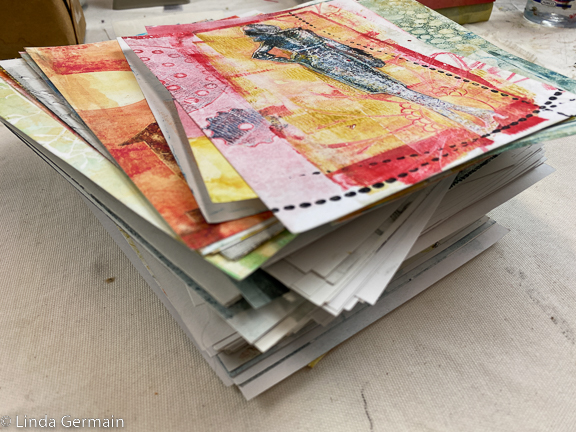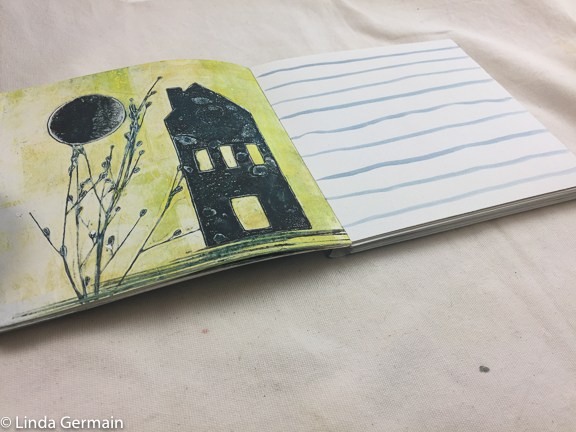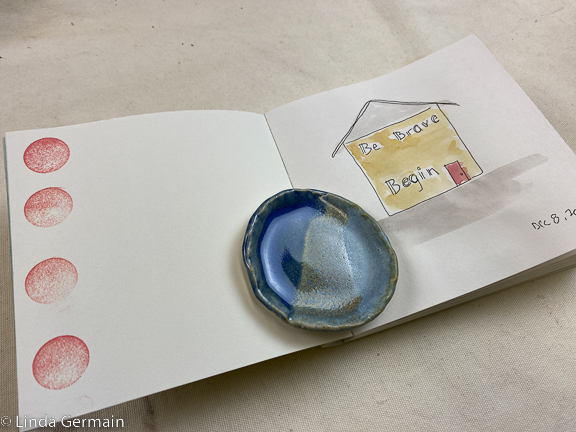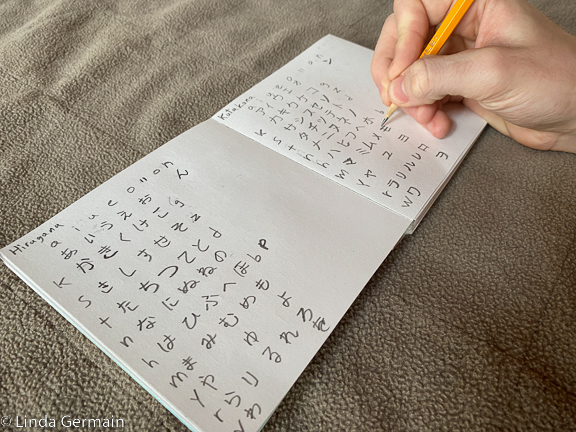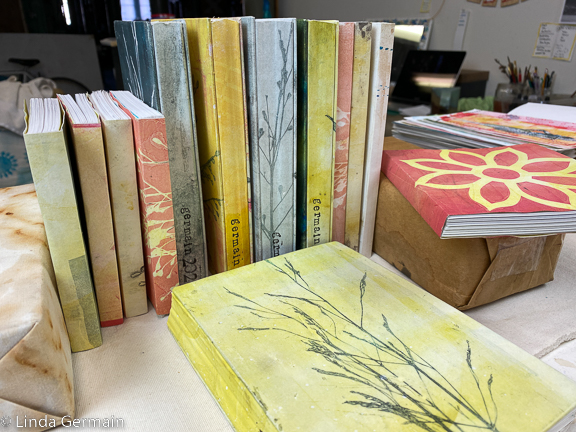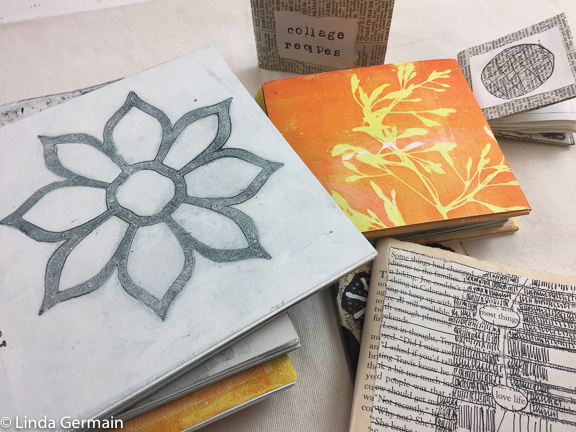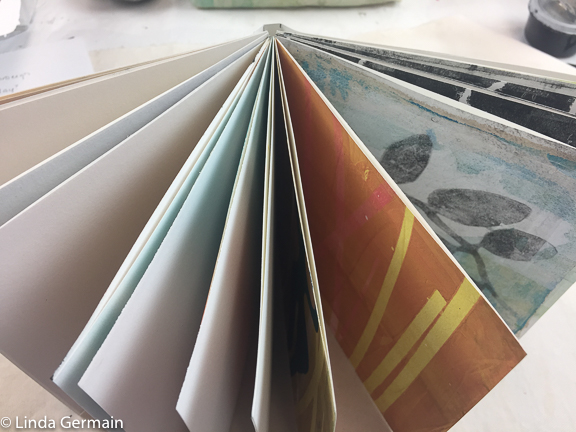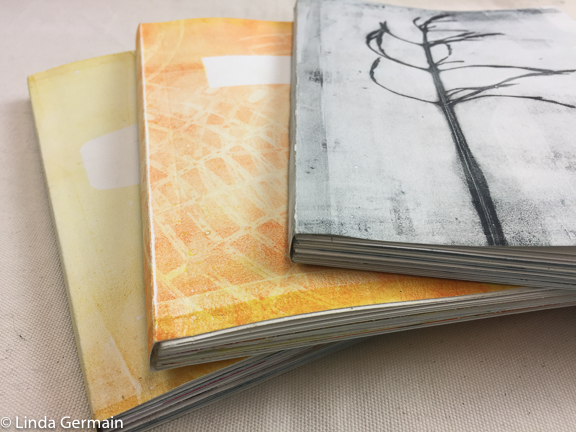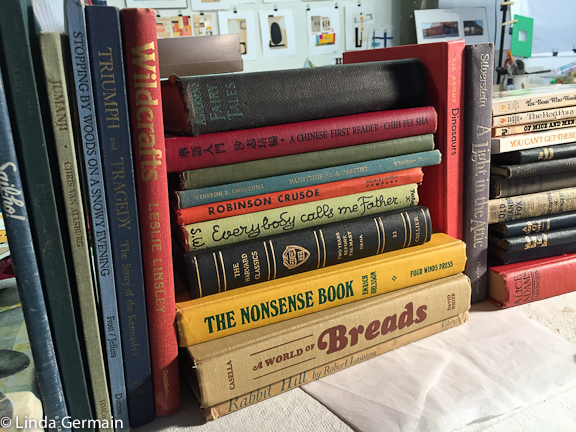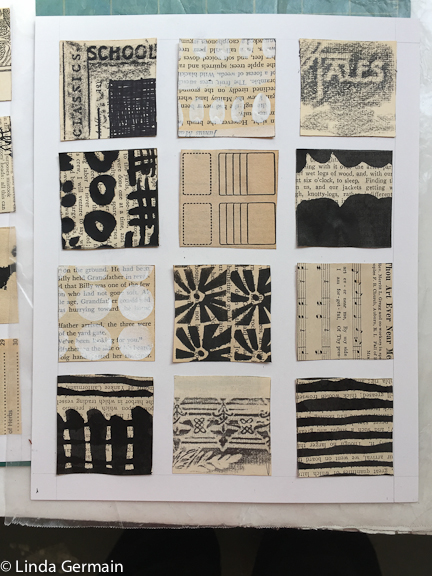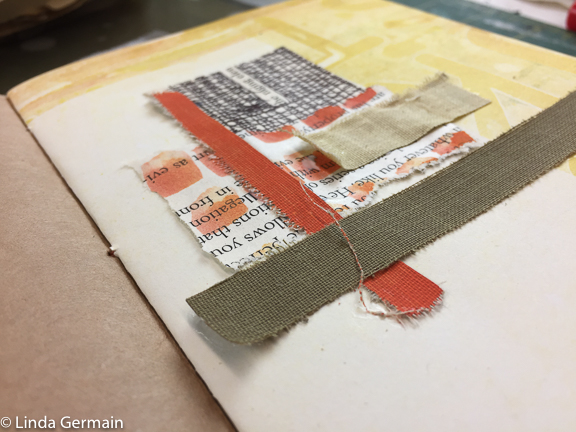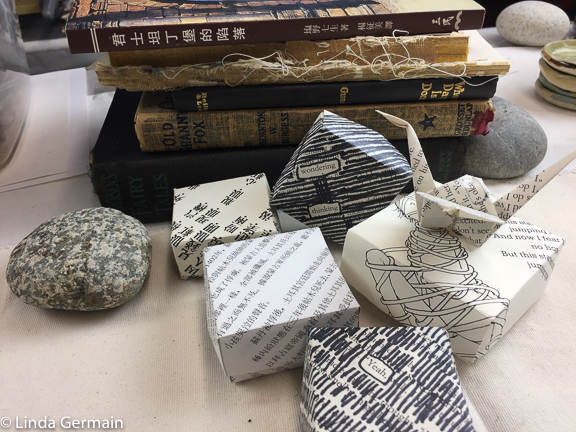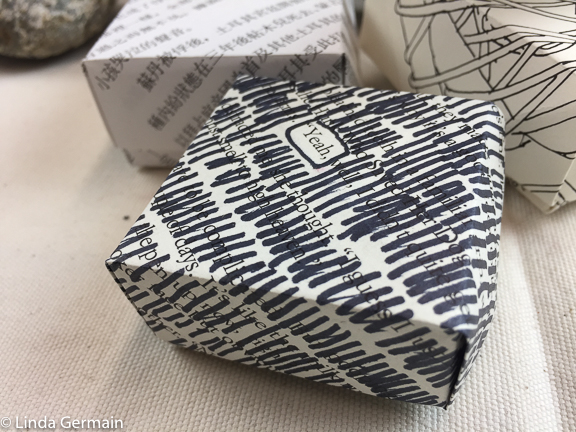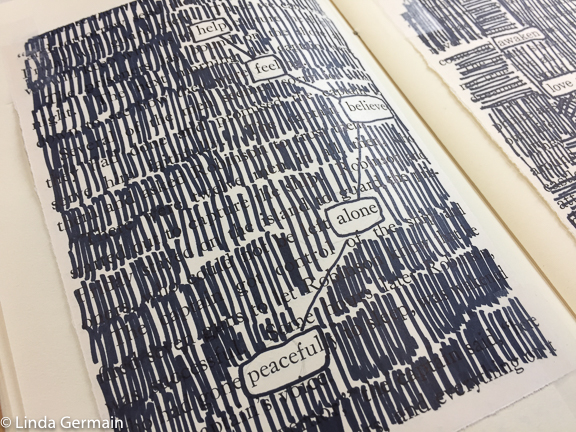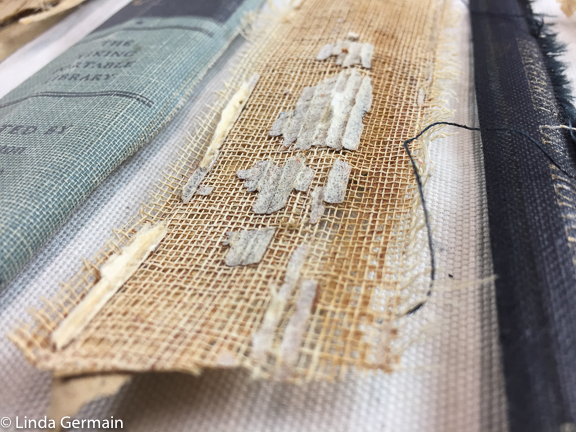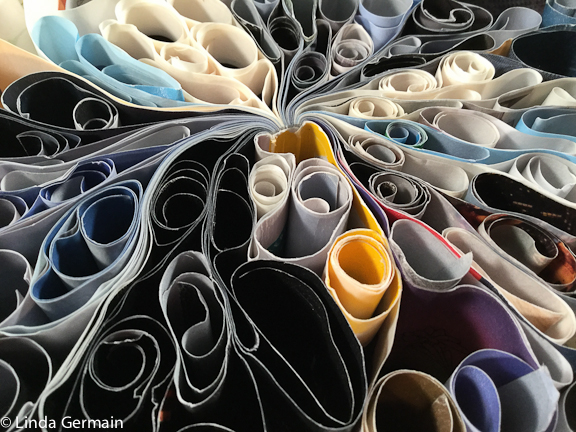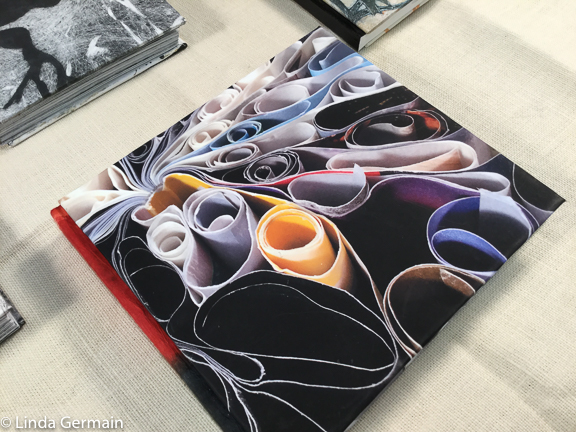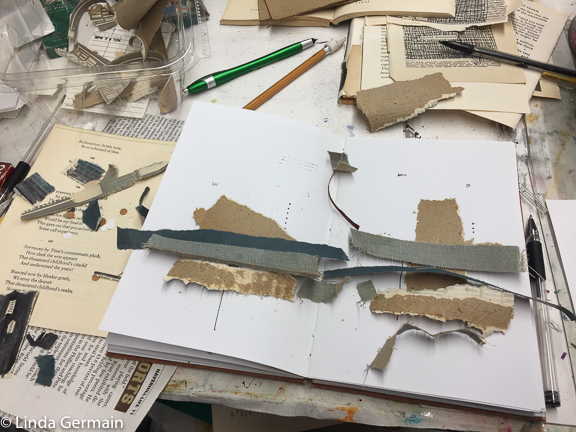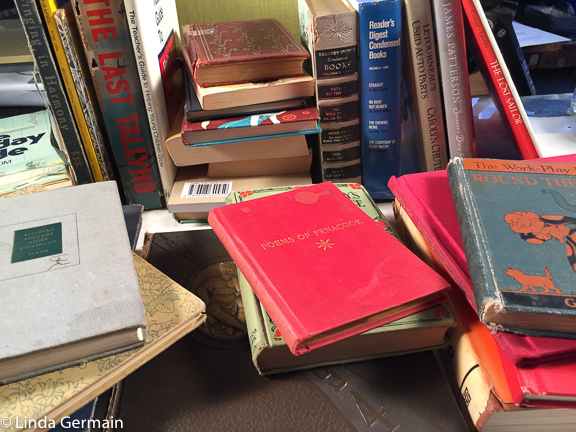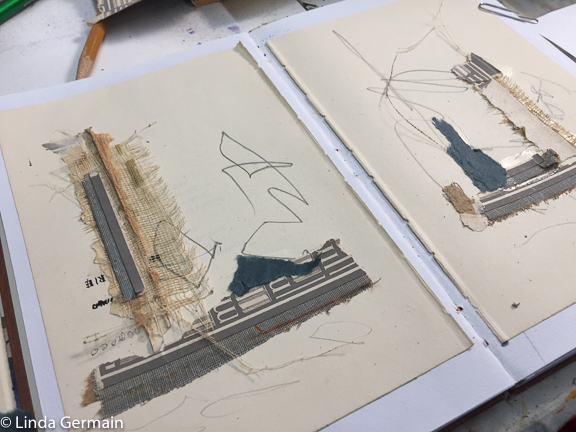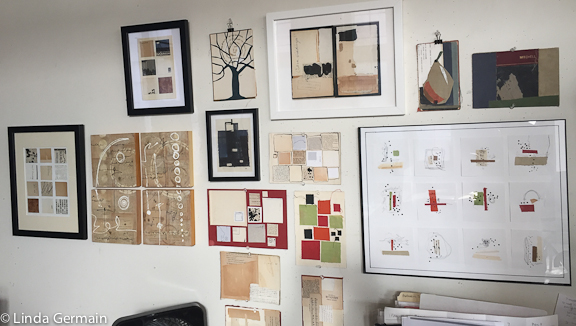Binding prints into books
I have so many gelatin prints, and I am always looking for ways to use them. For the past few months I have been using lots of prints to make small soft cover journals.
I have experimented with using a print every other page and also made books with just a few prints and more blank pages.
I used a few as a gratitude journal.
And another as a tiny sketchbook.
My nephew used his to practice his Japanese.
I did make a few with hardcovers. The hardcover does elevate the feel of the journal and is good if I am making a more precious book of prints.
I like this book form because:
- It is great for single sheet prints
- It can be used for prints with inky/messy backside
- It opens pretty flat
- I can use up a lot of prints
If you would like to explore this book form, then join us in the online Bound Prints Workshop. Get all the details and register here.
Binding prints into books Read More »
